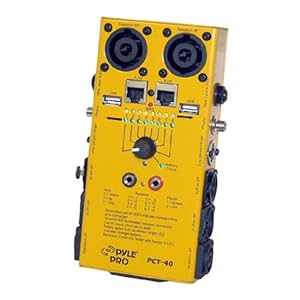
Digital Photography Secretsby David Peterson Click Here! How to
Most contemporary communities today utilize hidden electrical cables to distribute electricity to homes instead of unsightly overhead cable and utility poles. hidden electrical cable is also ordinarily used for parking lot Lighting, and is a good option for property owners who need to Power outbuildings. hidden installations are not without their own problems however and, even though less frequent than overhead installations, hidden cable does degrade over time and break.
Underground cable is field to breaks, called faults, which are caused by any amount of things. Cable that has been installed in rocky terrain is especially susceptible to breakage. Other things that lead to cable damage are citizen digging into the cable while installing something else, ground shifts while freeze/thaw periods, or cable that were damaged while the installation. As mentioned earlier, all galvanic cable degrades over time and will eventually fabricate problems.
Cable Tester
So what do you do when your hidden electrical cable fails, or faults? Honestly, your best bet would be to call a pro who can locate the hidden cable and the break for you. The tool needed for this work can be expensive, so leaving the work to a pro is recommended. The fault locator will use a cable tester to settle that a break exists.
Then he/she will use an hidden cable locator to trace the path of the hidden electrical cable, and will probably use paint to mark where the cable runs underground. At that point the cable fault locator will use one or more of several methods to certainly locate the exact spot where the electrical cable is broken. He/she may use a hill of inherent method, which tests the area for voltage changes in the ground, or he/she might use an earth gradient method, in which a high voltage surge is sent through the electrical cable and can be detected with a special meter. These methods, when used by an experienced hidden cable specialist, are very accurate and efficient. There are times however, when conditions within the electrical cable or the ground forestall these methods from working very well.
In ultimate cases the fault in the hidden electrical cable may need to be settled by either excavating several locations to test the cable, or another option would be to replace the section of hidden cable that is in question.
Underground electrical cable is favorable and aesthetically pleasing, but when problems occur it is best to enlist the services of an expert, or hidden cable specialist, to pinpoint the break and recommend you on the best methods of repair.
The Virtues of hidden Electrical Cables
Digital Photography Secretsby David Peterson Click Here!
Tags : USB Battery Charger & Accessories Deals How to Use Trimline Edger Video Worst Dressed Oscars 2011

